Color Names: Sap Green & Raw Sienna
This week we return to the origins and development of the R&F color names and the pigments they are comprised of. We begin with two vigorous colors, Sap Green and Raw Sienna. These colors have an extensive history in the world, and are known for their luminous undertones.
Sap Green Pigment Stick®
If you think the name sounds like it originally came from the plant world, you guessed right.
Sap green was originally made from the berries of the buckthorn plant. The extracted color was reduced to a thick syrup (also known as a lake pigment) and sold in animal bladders. It became known by the slightly less attractive name of ‘bladder green’ because of this. The variety of buckthorn and the season berries were harvested determined whether the pigment was yellow or green. Modern formulations, including R&F's, do not include buckthorn berries. Our Sap Green is a blend of lightfast, modern pigments. This stunning color is made in both our encaustic & Pigment Stick® lines.
We're glad "Sap" was universally accepted by paint manufacturers over time.
Sienna Pigment Stick®
A semi-transparent warm-brown, Sienna is part of a group collectively known as earth colors. It takes its name from the Tuscan city near which one of the best grades of it had long been found, Siena. Raw Sienna contains iron oxide found naturally in clays. Unlike yellow ochres, which are generally opaque, Siennas are more transparent. Raw Sienna, in it's natural state, is yellowish brown where as Burnt Sienna is reddish brown because of heating.
Sienna was one of the first pigments used for painting and can be found in prehistoric cave art. Artists used the Siennas (raw and burnt) as a glaze because of its transparency. It was often used in wood finishing for stains and for graining work.
Fun Fact: Our founder Richard Frumess named his dog "Sienna" after this wonderful color!



